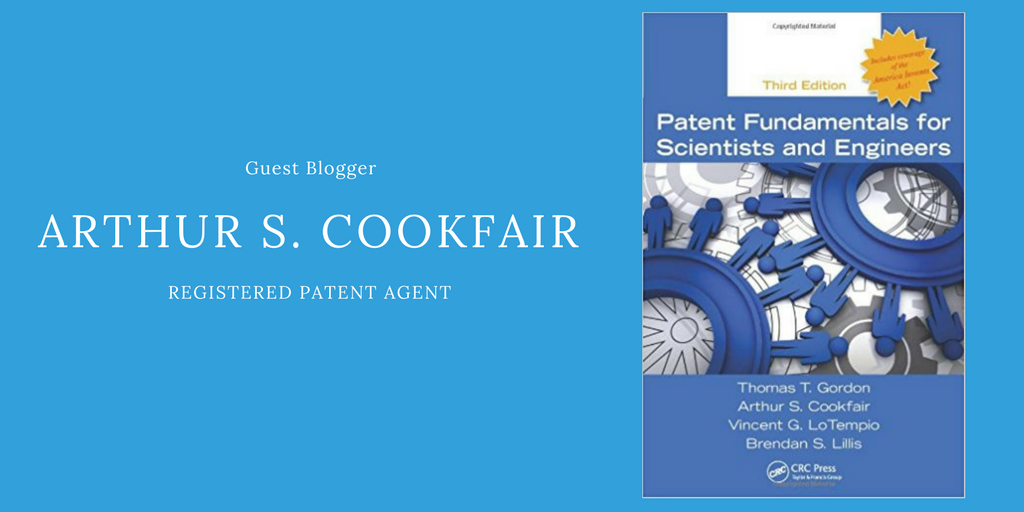Patent Reform: Policing Patent Fraud
Guest Blogger: Brendan S. Lillis, Registered Patent Attorney
These days, with the average waiting period to hear back from the patent office regarding a new application exceeding three years, the patent office needs all the help it can get. As such, filers of patents are required to disclose all relevant information about prior art that they know of to the patent office. This is known as the “duty to disclose,” and is governed by 37 CFR §1.56.
But how can we be sure that the information disclosed by the patentee is accurate? How do we know some piece of information will purposely not be disclosed, in the hopes it will never be found?
Enter the Doctrine of Inequitable Conduct. This doctrine attempts to set the law, and asks two questions:
- Was there intent to deceive the Patent Office?
- Was the disputed information material to patentability?
According to the Manual of Patent Examining Procedure (MPEP), the USPTO wants nothing to do with answering these questions. This leaves it up to the Federal Circuit, which has been all over the board in recent years in determining the levels of intent and materiality required to violate the doctrine. An in-depth look at the Federal Circuit’s handling of this matter can be found in a Marquette Intellectual Property Law Review (.PDF) article.
There are some real problems with the system as is it currently operates. For one, the Federal Circuit’s desire for flexibility in interpreting the rules on a per-case basis is at odds with the Patent Office’s desire to clearly state what is expected of patentees. This is due in large part to the fact that there is no statutory standard on which the rule is based. For instance, how do you determine whether certain information is “material” or not? So many different standards have been used that you don’t know which one to go by.
Also, the doctrine asserts that the best way to police patent fraud is for competitors (not the patent office or interested third parties) to raise the issue as a defense, as opposed to an independent action.
With so much recent talk of patent reform one would think this issue is sure to be brought up. I spoke with Kali Murray, Assistant Professor of Law at Marquette University Law School and co-author of the aforementioned Marquette Law Review article and she said it’s not that simple. She notes that, while this issue was in the Congressional spotlight a few years back, reform never came, and now false marking grabs all the attention.
“Reform in Congress over the last 10 years has been very reactive as opposed to thoughtful and systematic. They see the trees but not the forest.”
Murray also sees this as a basis for larger questions about the foundation of our patent system.
“Congress first needs to figure out what type of patent system we should be working towards, only then can they can determine how fraud prevention fits into the system, including false marking and the doctrine of inequitable conduct.”
At this point, I wonder whether it would be best for Congress to attempt to clarify the standards, or to scrap the Doctrine of Inequitable Conduct and start from scratch. The feeling here is that the rule’s “heart” is in the right place, but there’s work to be done on its substantive language, and even that requires attention in the first place.
Related Post:
“Patent Reform Act of 2010” and False Marking Rule Change




